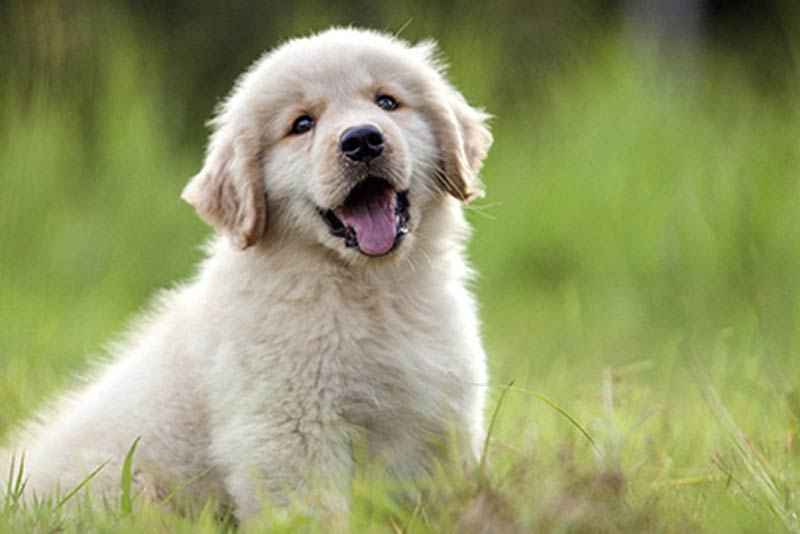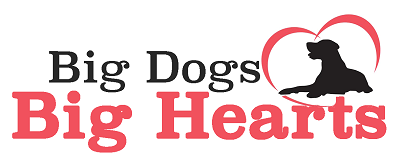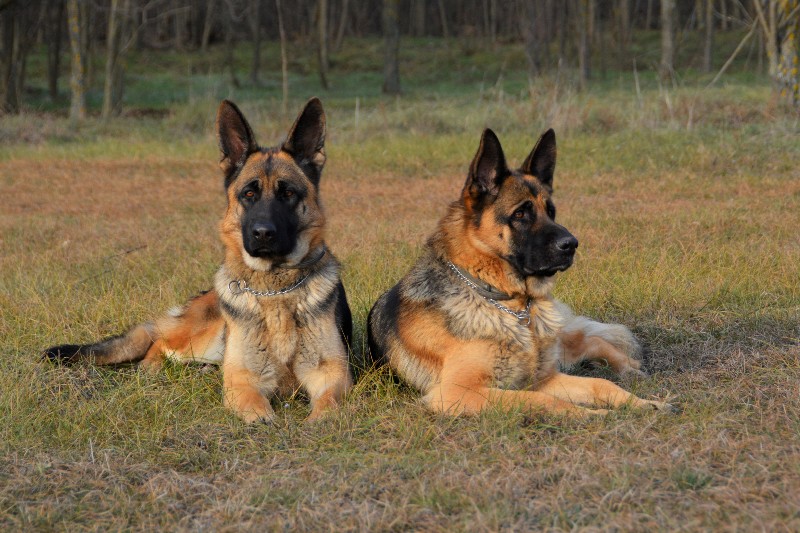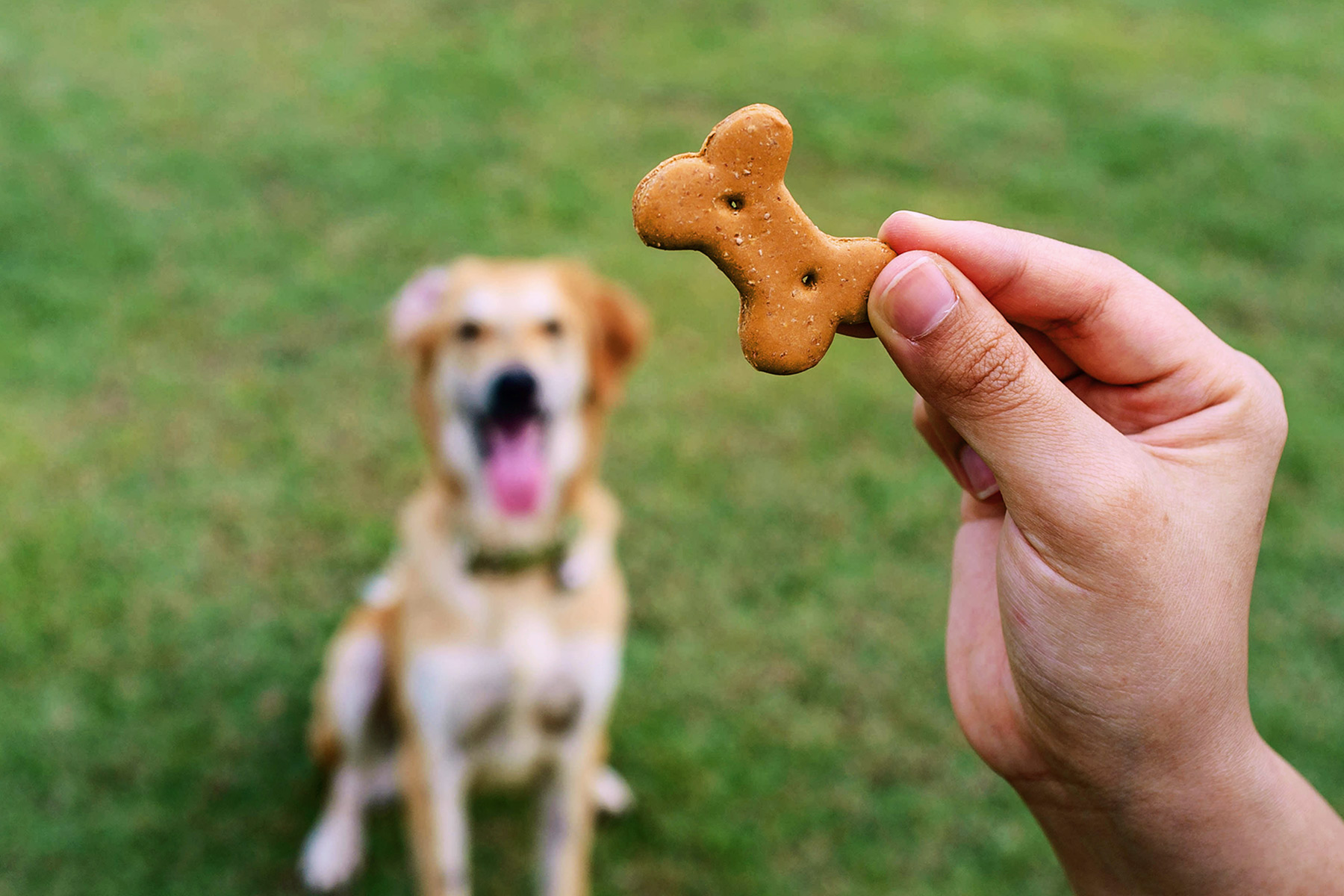
While dogs don’t use words the way we do, their body movements, expressions, and actions speak volumes. Understanding how your dog communicates through physical behavior is essential—it deepens your connection, helps avoid confusion, and supports their emotional health, particularly in group settings.
Foundations of Dog Communication
Canine communication relies on a mix of posture, facial expressions, sounds, and movement. The position and motion of their tail, ears, and eyes tell us a lot about what they’re feeling. For instance, a tail that’s moving quickly and held high might not just mean excitement—it can also suggest alertness or nervousness. Likewise, ears perked up often signal interest or alertness, while ears pulled back can reflect anxiety or deference.
A dog’s eyes also offer important clues. If you notice the whites of their eyes showing or a wide, tense gaze, it may point to unease. On the other hand, a soft, calm gaze often indicates contentment and trust. Small actions like licking their lips or yawning, especially outside of mealtime or bedtime, can be signs they’re feeling overwhelmed or are trying to calm a situation.
Reading the Room: Dogs in Social Settings
Introducing your dog to different environments and experiences is critical to their emotional growth. Early and consistent socialization builds their confidence in handling new people, places, and animals. Still, even well-socialized pups can get uneasy when faced with overstimulation. Being able to spot early warning signs allows you to take a step back before things escalate.
Behaviors like a tense stance, bristled back fur, or quiet growling may indicate discomfort or a defensive mindset. Conversely, the classic “play bow”—with front legs extended and tail up—is a friendly gesture that says, “Let’s have fun!” These kinds of signals give you important information about how your dog is feeling during interactions, whether at the dog park or a pet care facility.
Why Doggy Daycare Can Help
Dog daycare isn’t just about giving your pet something to do while you’re away. Structured and supervised interaction with other dogs helps improve social behavior, relieve pent-up energy, and ease feelings of loneliness. It also offers a safe space where your dog can learn appropriate responses to different social cues, boosting their confidence and adaptability.
Beyond Just Body Language
While physical cues are a major part of how dogs express themselves, they’re only one piece of the puzzle. Mental engagement, regular physical activity, and positive training techniques are equally vital. Offering your dog enriching activities—like scent-based games or interactive toys—can enhance their problem-solving abilities and keep boredom at bay. Establishing steady routines also helps your dog feel secure and understand what to expect day to day.
Another key part of nurturing a healthy bond is recognizing when your dog wants space. If they withdraw or seem hesitant, respecting their comfort zone helps build trust and reduces stress.
Becoming fluent in your dog’s unique way of communicating opens the door to a stronger, more respectful relationship. When you pay attention to the subtle ways they “speak,” and give them enriching, positive experiences, you’re setting them up for a more joyful, well-adjusted life.
For a deeper dive into canine body cues and communication, be sure to check out this helpful guide.
Content provided by Off Leash Hotel, a New Lenox dog hotel and daycare




